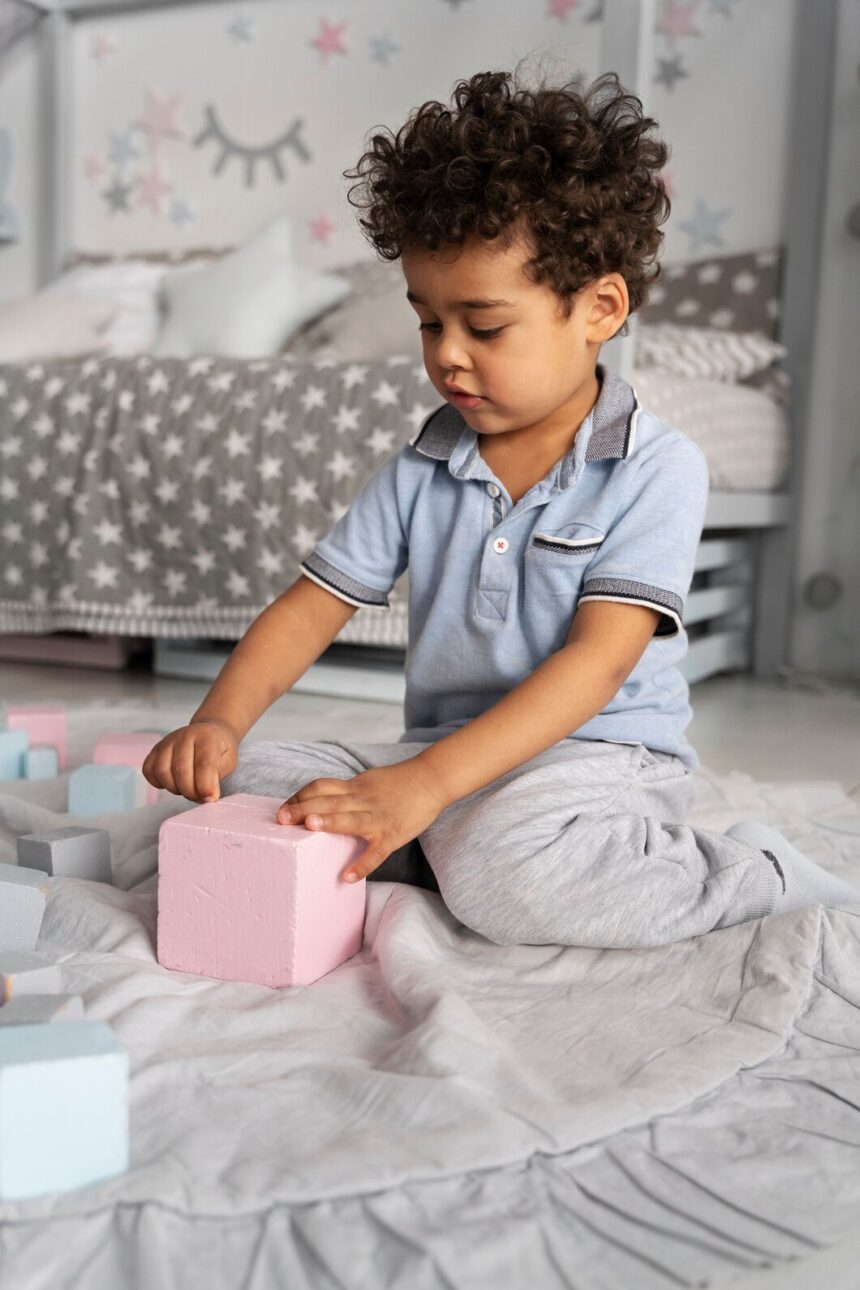The age of three is an exciting time in a child’s development, marked by rapid growth in various areas, including physical, cognitive, social, and emotional skills. At this stage, children become increasingly independent and begin to explore their world more actively. Understanding the typical milestones for a 3-year-old can help parents and caregivers support their development effectively.
Physical Development
Gross Motor Skills:
- Running and Jumping: By age three, most children can run confidently and may enjoy jumping with both feet. They may also be able to climb onto furniture or playground equipment.
- Balance and Coordination: Children can balance on one foot for a few seconds and navigate obstacles with improved coordination, such as walking on a line or stepping over small objects.
Fine Motor Skills:
- Drawing and Writing: At this age, children often begin to draw simple shapes and figures. They can hold a crayon or pencil with a proper grip and may start to copy lines and circles.
- Self-Help Skills: Many 3-year-olds can dress and undress themselves with minimal assistance, manage fasteners like buttons, and use utensils to eat independently.
Cognitive Development
Language Skills:
- Vocabulary Growth: A typical 3-year-old has a vocabulary of around 200 to 1,000 words and can form simple sentences of three to four words. They may also start using pronouns correctly (e.g., “I,” “you,” “me”).
- Understanding and Following Directions: Children can follow simple instructions, such as “Please pick up the toy” or “Come here,” and begin to understand questions and engage in simple conversations.
Problem-Solving Skills:
- Imaginative Play: Three-year-olds often engage in imaginative play, creating scenarios with toys, dolls, or action figures. They may pretend to cook, go shopping, or be animals, showcasing their creativity.
- Sorting and Classification: Children can sort objects by color, shape, or size and may enjoy playing with puzzles that challenge their problem-solving skills.
Social Development
Interaction with Peers:
- Parallel Play: At this stage, children often engage in parallel play, where they play alongside other children but may not directly interact. They may enjoy sharing toys and beginning to understand the concept of taking turns.
- Expressing Emotions: Three-year-olds are learning to express their emotions verbally and may begin to show empathy by recognizing how others feel, saying things like “I’m sorry” when they upset someone.
Independence:
- Seeking Autonomy: Children at this age often assert their independence, wanting to do things on their own, such as choosing their clothes or deciding what to play. This is a normal part of development, though it may lead to power struggles with parents.
Emotional Development
Self-Regulation:
- Managing Emotions: While three-year-olds are still learning to manage their feelings, they may show progress in self-regulation. They can express their emotions verbally, such as saying “I’m mad” or “I’m sad.”
- Understanding Boundaries: Children start to grasp the concept of rules and boundaries, though they may still test limits. Consistent guidance from parents is essential at this stage.
Attachment and Security:
- Developing Relationships: Three-year-olds often form strong attachments to their caregivers and may show signs of separation anxiety when away from parents. They also begin to form friendships, enjoying the company of other children.
The milestones for a 3-year-old child encompass a broad spectrum of physical, cognitive, social, and emotional development. While each child is unique and may develop at their own pace, being aware of these milestones can help parents and caregivers provide the appropriate support and encouragement. Engaging in activities that promote development, such as reading, playing, and exploring together, can foster a child’s growth and help them reach their full potential as they embark on this exciting stage of life.










